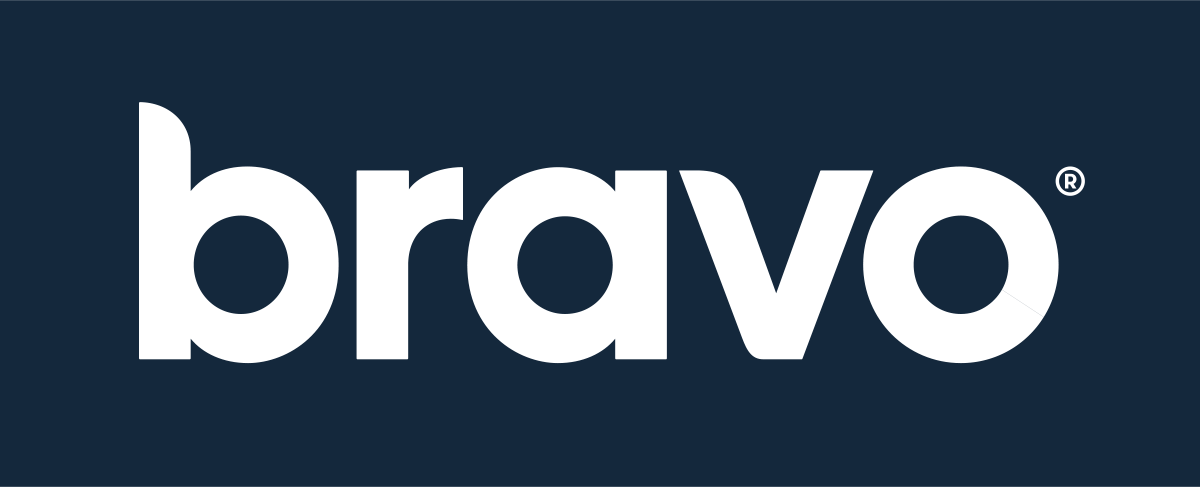Behavioral economics helps us better understand how and why people respond to external prompts such as an incentive. Here are seven principles to consider when designing your incentive strategy:
- We are more motivated by the threat of loss than the possibility of reward (loss aversion). Imagine if you were told you’d receive a 10 percent pay cut if you didn’t achieve a certain amount of productivity. Wouldn’t you work a little harder to achieve those goals?
- We like certainty more than uncertainty. Especially when it comes to money. I don’t know a single person who would rather guess how much money they have in the bank than know their exact balance.
- We interpret gains and losses based on framing. For example, which is a better reward: $10 or $20? Now, which is better: a $10 gift card to Amazon or a $20 gift card to a grocery store? Obviously, $20 is better but we frame the value of the gift card based on the value of the store because we place more worth on a luxury than a necessity. If you’re designing an incentive strategy and can get the same result for $10 as you would with $20 wouldn’t you?
- We like what is already ours. This is called the endowment effect—when individuals value something they already own more than something they do not own yet. This is why people tend to keep their current medical plans, doctors, etc., even if they are bad. The same theory applies to behaviors. Deploy your incentive in a way that conveys it already belongs to the participant and they will work harder to ensure they get it.
- We take foolish risks because we think luck is on our side. Most people feel invincible physically. Informing people of their current health status is key in preventing and managing risks.
- People despise unfairness. You MUST design incentives fairly and give everyone a chance to earn them (even if they are medically unable to meet your initial goals).
- We give more attention to stories that imprint a vivid picture than to pure statistics or facts (availability heuristic). When communicating your incentive and wellness plan to participants focus on stories and not just financial illustrations. Remember too that people within your company have stories worth sharing! Few things motivate others more than seeing their peers succeed.
Looking for more ways to position your wellness program incentives to yield the greatest outcomes? Call us at 877.662.7286 or email questions@bravowell.com to learn more.

